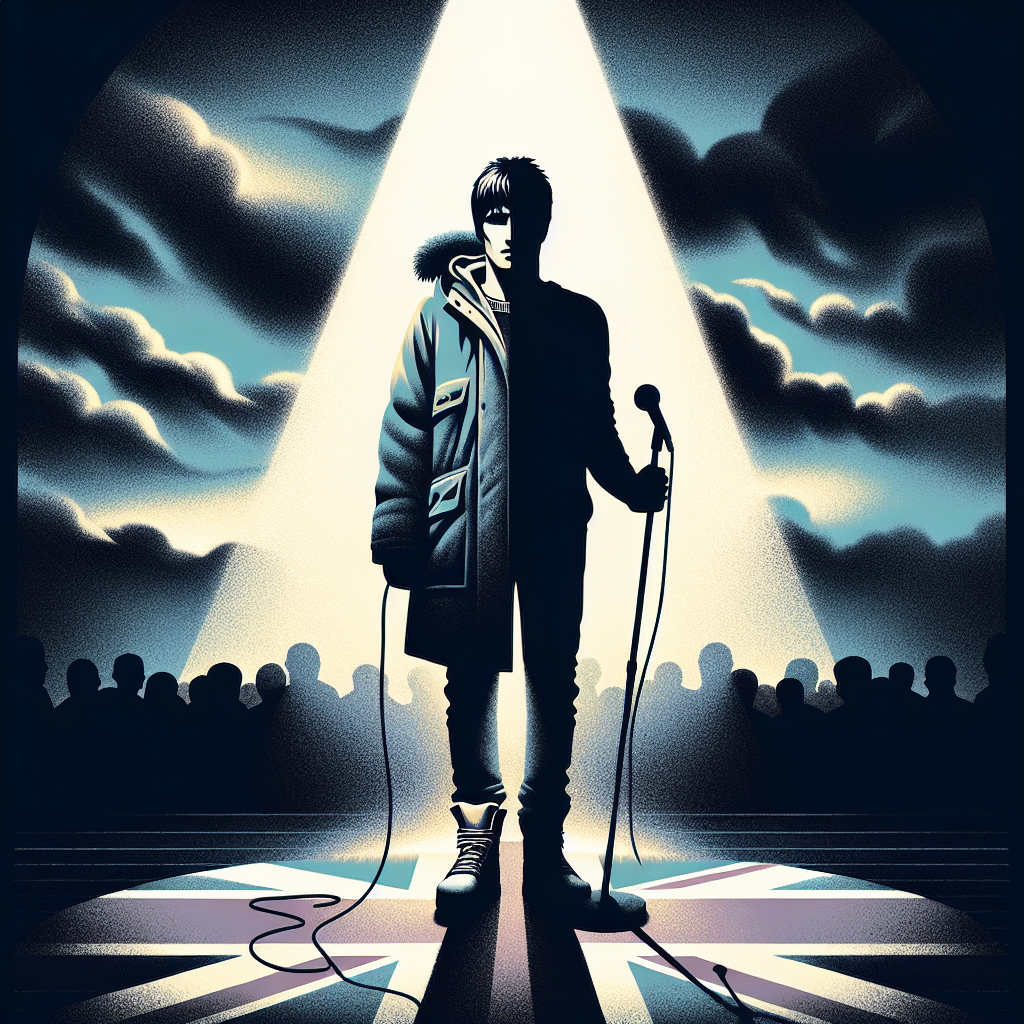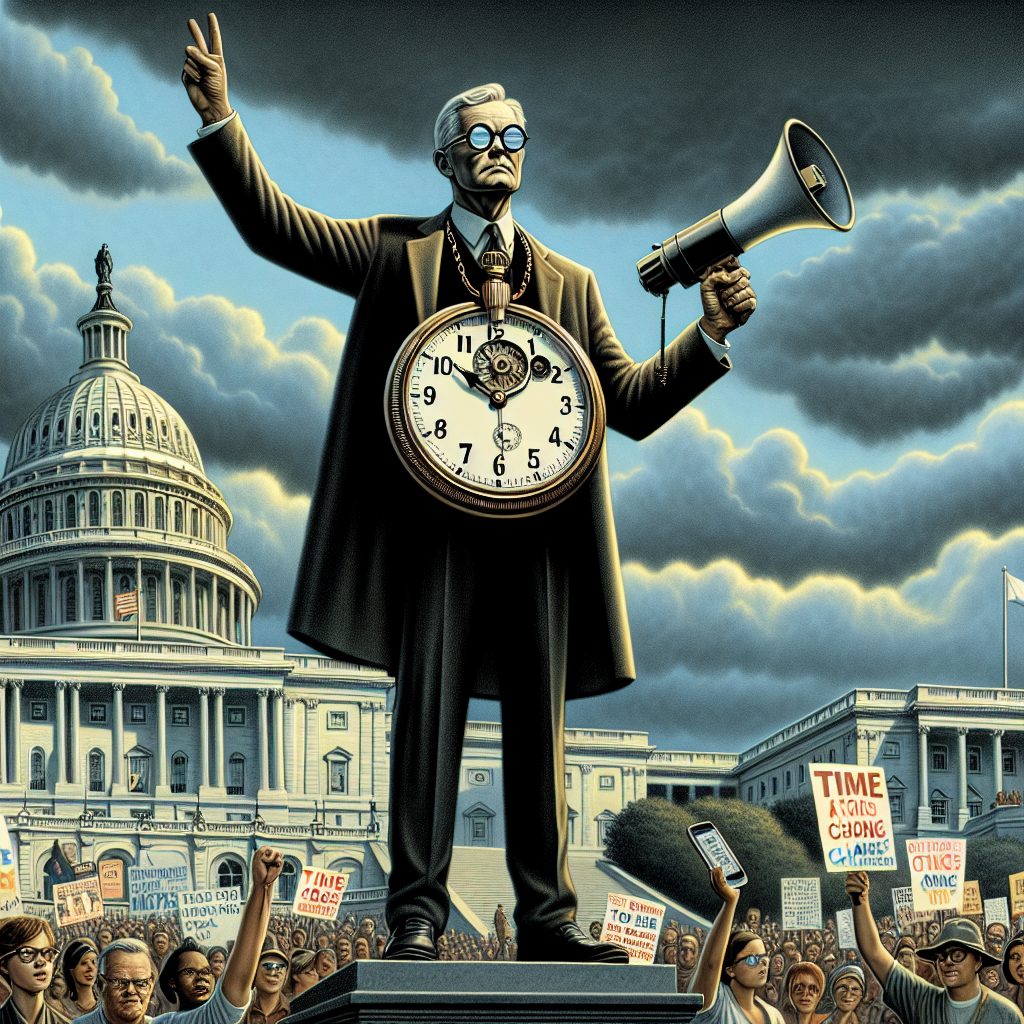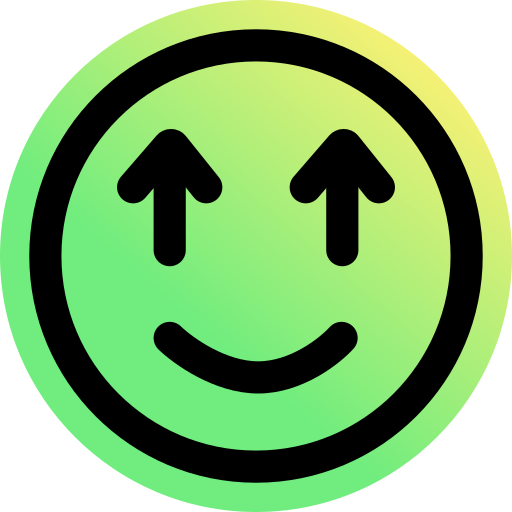Listen up, the truth’s about to drop, and I don’t sugarcoat — I torch the sweet tooth and serve reality raw.
Yet again, America is about to learn what happens when bravado meets the brutal ballet of economics. Former President Donald J. Trump is back at the trade-war drawing board, sharpening his tariff toolkit like it’s still 2018. Except this time, the stakes are higher, the dollar’s twitchier, and the U.S. Federal Reserve? It’s caught somewhere between a rock, a hard place, and a flaming dumpster of economic contradictions.
Welcome to “Stagflation Nation”—population: us.
See, Trump’s promise of sweeping tariffs — 10% across the board, and potentially 60% on Chinese imports — was delivered with the bombast of a WWE promo. Cue the applause, cue the flags. But behind the red-white-and-blue spectacle sits a nasty little monster Fed Chair Jerome Powell probably wishes was still chained in 1970s history books. That monster’s name? Stagflation: when prices soar like SpaceX rockets, but growth limps like it’s wearing two economic moon boots.
Tariffs are essentially taxes on imports. And taxes on imports mean manufacturers pay more. And you, dear consumer, get to play a terrifying new game called “Guess Which Products Just Got More Expensive.” Spoiler alert: it’s all of them.
Now, the Fed has one big hammer in its belt—interest rates. Raise ’em to kill inflation, cut ’em to spark growth. Simple, right? Well, not when you’re trying to chase two rabbits running in opposite directions.
Here’s where it gets ridiculous.
Tariffs initiated to protect American jobs could push input costs sky-high for domestic producers. That leads to price hikes. Inflation jumps. So what does Powell do? He considers raising interest rates. But here’s the twist: if those same tariffs also slam the brakes on GDP growth — thanks to higher costs, lower demand, and retaliatory foreign shenanigans — then rate hikes risk accelerating a downturn.
That’s the conundrum, folks. Trump’s economic sledgehammer is essentially handing the Fed a Rubik’s Cube with half the stickers peeled off. Damned if you spike the rates, damned if you don’t.
And Trump? He’s not losing sleep over it. He’s playing chess, not checkers — and not even on the same board. His tariff threats serve a double purpose: economic theater for the voter base and pressure tactics for America’s trading frenemies. Whether it’s Beijing or Brussels, they’re hearing the rattle of that trade sabre loud and clear. The message? Strap in. Trump’s tariffs aren’t a policy — they’re a performance.
Let’s not forget: this isn’t about trade alone. It’s politics, power, and pageantry. Trump understands something too many pundits don’t: in the arena of perception, you only need to look like you’re winning. Economic nuance doesn’t trend on social media. Tariffs, tough talk, and televised promises do.
But someone always pays. And it’s not the guy with gold letters on his jet.
It’s the consumers. The small businesses. The central bank with a migraine. And the economists trying to plug numbers into a model, only to realize the model now includes equal parts inflation, stagnation, and political improvisation.
So what’s the fix?
There isn’t one — not in the traditional sense. This is high-stakes economic poker, and the dealer just switched the deck. The Fed will have to split the difference: try to thread a needle with industrial gloves on. Maybe Powell pauses rates longer than planned. Maybe he juggles jawbone statements while hoping fiscal policy sobers up.
But as for Trump?
He’s not playing to please the Fed. He’s playing to please Ohio, Pennsylvania, and every Rust Belt voter who still hears factory whistles in their dreams and wants tariffs to bring them back.
So buckle up, America. The economy’s entering tough terrain, and whether you like it or not, Trump’s driving the tariff train full steam into Federal Reserve territory.
If you can’t handle the heat, step out of the arena.
Because the game’s on — and Trump, love him or loathe him, plays to win.
— Mr. 47









